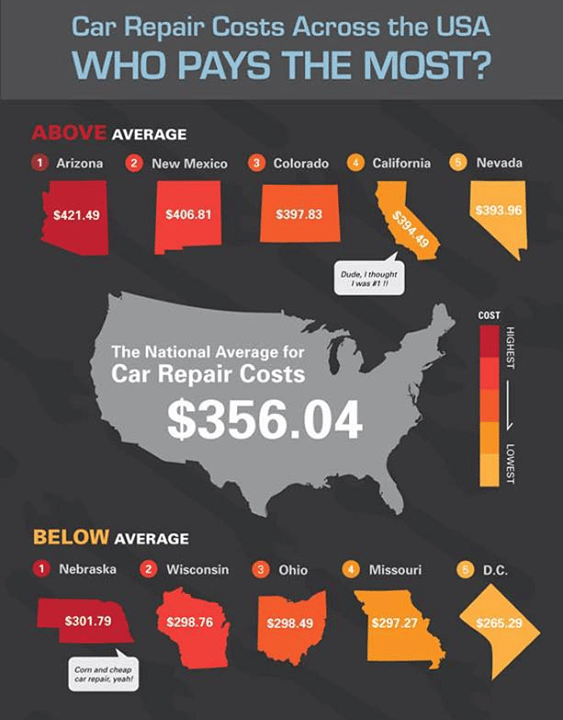Discover The Enigmas Of This Automobile Upkeep Tradition And Take The Reins Of Your Lorry'S Condition
Discover The Enigmas Of This Automobile Upkeep Tradition And Take The Reins Of Your Lorry'S Condition
Blog Article
Material Created By-Clausen Beard
You've become aware of the benefits of transforming your own oil, however where do you start? With the right devices and some professional tips, you can tackle this crucial upkeep job easily. From picking view it to making sure safety measures are in location, each step plays a crucial duty while doing so. But what's the optimal timeline for altering your oil to maintain your engine humming efficiently? Allow's unravel the secrets behind this auto routine and encourage you to take control of your car's upkeep routine.
Crucial Tools for DIY Oil Adjustment
When it comes to changing your own oil, having the right devices is vital. To begin, guarantee you have a high quality oil filter wrench to effectively get rid of the old filter.
A socket wrench set with the proper sizes for your vehicle's drainpipe plug is crucial for easy removal.
A channel comes in handy for putting oil right into the engine without spills or mess.
Ensure you have a drainpipe frying pan to collect the old oil for appropriate disposal.
A pair of gloves will certainly safeguard your hands from obtaining filthy and entering into contact with harmful chemicals.
An oil filter elimination tool can also be useful if your filter is securely protected.
Last but not least, a dustcloth or more will can be found in handy for cleaning up any kind of spills that may take place during the procedure.
With these vital tools on hand, you'll be fully equipped to effectively transform your very own oil.
Pro Tips for a Successful Oil Change
To ensure a successful oil modification, preparation is key. Prior to you begin, gather all the essential devices and products. Make certain you have the right type and amount of oil, a brand-new oil filter, a wrench or socket collection, an oil drainpipe frying pan, gloves, and cloths. It's also handy to have some cardboard or a tarp to shield the ground from spills.
Next, warm up your engine for a few mins to aid the oil flow extra quickly.
Then, raise your auto and safeguard it with jack stands. Keep in mind to never function under a vehicle sustained only by a jack.
When draining the oil, beware as it may be hot. Usage caution to prevent burns.
As soon as the oil is drained pipes, change the oil filter and fill up the engine with the right quantity of fresh oil.
Perfect Timing for Oil Modification Uniformity
Wondering just how typically you should alter your oil for ideal performance and engine health? The perfect timing for oil adjustment consistency depends upon several variables such as the type of oil used, driving problems, and the age of your car.
As a general guideline, a lot of specialists suggest transforming your oil every 5,000 to 7,500 miles or every 6 months, whichever comes first. However, if you often drive in stop-and-go website traffic, tow heavy tons, or run in extreme temperature levels, you might need to alter your oil more regularly.
It's essential to comply with the maker's referrals outlined in your lorry's owner's manual. Some newer vehicles equipped with synthetic oils can go longer in between oil changes, often as much as 10,000 miles.
Ignoring regular oil adjustments can cause reduced engine performance, raised fuel consumption, and prospective engine damage gradually. By remaining positive and sticking to a constant oil change routine, you can ensure your engine stays well-lubricated and performs ideally for years ahead.
Conclusion
Now that you have all the needed devices and suggestions, altering your own oil is a straightforward job that can conserve you money and time in the long run. Keep in mind to follow the advised timing for oil changes to maintain your engine running efficiently. With a little effort and interest to information, you can easily preserve your car's performance and lengthen its life expectancy. Satisfied oil altering!
